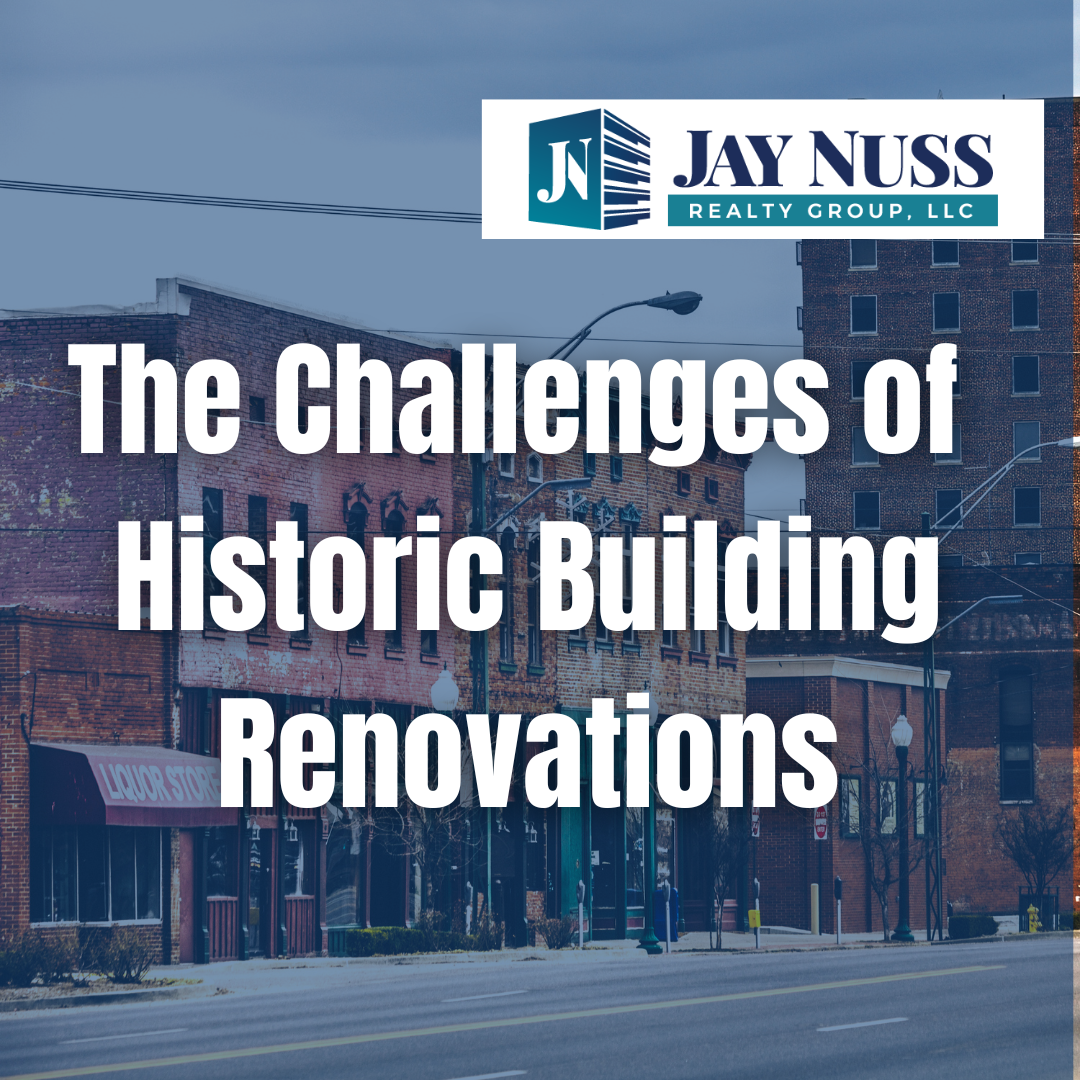Renovating historic buildings comes with unique challenges and rewards. These architectural treasures offer unparalleled character and charm, but also present a complex set of obstacles that require careful navigation. Let’s examine the intricacies of historic building renovations and provide insights on how to successfully overcome the challenges they present.
One of the primary hurdles in renovating historic buildings is striking the delicate balance between preserving the structure’s historical integrity and meeting modern building codes and standards. Many of these buildings were constructed long before the implementation of current safety regulations, accessibility requirements and energy efficiency standards. As such, bringing them up to code while maintaining their historic character can be a complex and costly endeavor.
This challenge is particularly pronounced in Boston and eastern Massachusetts, where the rich colonial and industrial history has left a legacy of historic structures. The region boasts numerous buildings from the 17th, 18th and 19th centuries, each with its own unique architectural style and historical significance. In Boston, for example, the strict regulations set forth by the Boston Landmarks Commission add an extra layer of complexity to renovation projects, especially in historic districts like Beacon Hill, Back Bay and the North End.
To address this challenge, it’s crucial to work closely with local preservation societies and regulatory bodies from the outset of the project. In eastern Massachusetts, organizations such as Historic New England and the Massachusetts Historical Commission play vital roles in preserving the region’s architectural heritage. These organizations can provide valuable guidance on which elements of the building must be preserved and where there may be flexibility for modern adaptations. Additionally, engaging with architects and contractors who specialize in historic renovations can help identify creative solutions that satisfy both preservation requirements and contemporary building standards.
Another significant obstacle in historic building renovations is the presence of hazardous materials. Many older structures contain asbestos, lead paint or other toxic substances that were commonly used in construction before their health risks were fully understood. Identifying and safely removing these materials is not only essential for the health and safety of future occupants but is also typically required by law.
In Boston and eastern Massachusetts, this issue is particularly prevalent due to the age of many buildings in the region. The area’s industrial past also means that some historic properties may have additional contamination from former manufacturing processes. To mitigate this challenge, it’s imperative to conduct thorough environmental assessments early in the planning process. These assessments can help identify potential hazards and allow for the development of comprehensive remediation plans. While the cost of addressing these issues can be substantial, it’s important to view it as an investment in the building’s long-term viability and the safety of its occupants.
Structural integrity is another critical concern when renovating historic buildings in the region. The harsh New England climate, with its freeze-thaw cycles and coastal salt air, can take a toll on buildings over time. Years of wear and tear, coupled with outdated construction techniques, can lead to significant structural issues that may not be immediately apparent. Foundation problems, roof deterioration and compromised load-bearing walls are just a few of the structural challenges that may arise during a renovation project.
To address these concerns, it’s essential to engage structural engineers with experience in historic buildings, particularly those familiar with the unique challenges posed by New England’s climate and building styles. These professionals can conduct thorough assessments to identify potential issues and develop appropriate solutions. In some cases, innovative techniques such as carbon fiber reinforcement or seismic retrofitting may be necessary to bring the building up to modern structural standards while preserving its historic character.
The financial aspects of historic building renovations can also present significant challenges, especially in high-value real estate markets like Boston and Cambridge. These projects often come with higher costs and greater uncertainties compared to new construction or renovations of more modern buildings. Unexpected issues that arise during the renovation process can quickly lead to budget overruns, potentially jeopardizing the project’s viability.
To navigate these financial challenges, it’s crucial to develop a comprehensive budget that includes substantial contingencies for unexpected expenses. Additionally, exploring various funding sources, such as historic preservation tax credits, grants and specialized loan programs, can help offset the higher costs associated with these projects. Massachusetts offers specific tax incentives for historic rehabilitation projects which can be combined with federal historic tax credits to significantly improve a project’s financial feasibility.
Despite these challenges, the renovation of historic buildings in Boston and eastern Massachusetts offers numerous benefits that make the effort worthwhile. These projects contribute to the preservation of the region’s rich architectural heritage, often serve as catalysts for neighborhood revitalization, and can provide unique and attractive spaces for businesses and residents alike. The success of renovated historic properties in areas like Boston’s Seaport District and Lowell’s mill district demonstrates the potential for these projects to transform urban landscapes while honoring their historical roots.
For further information on this topic, please call us at 781.848.9400.

